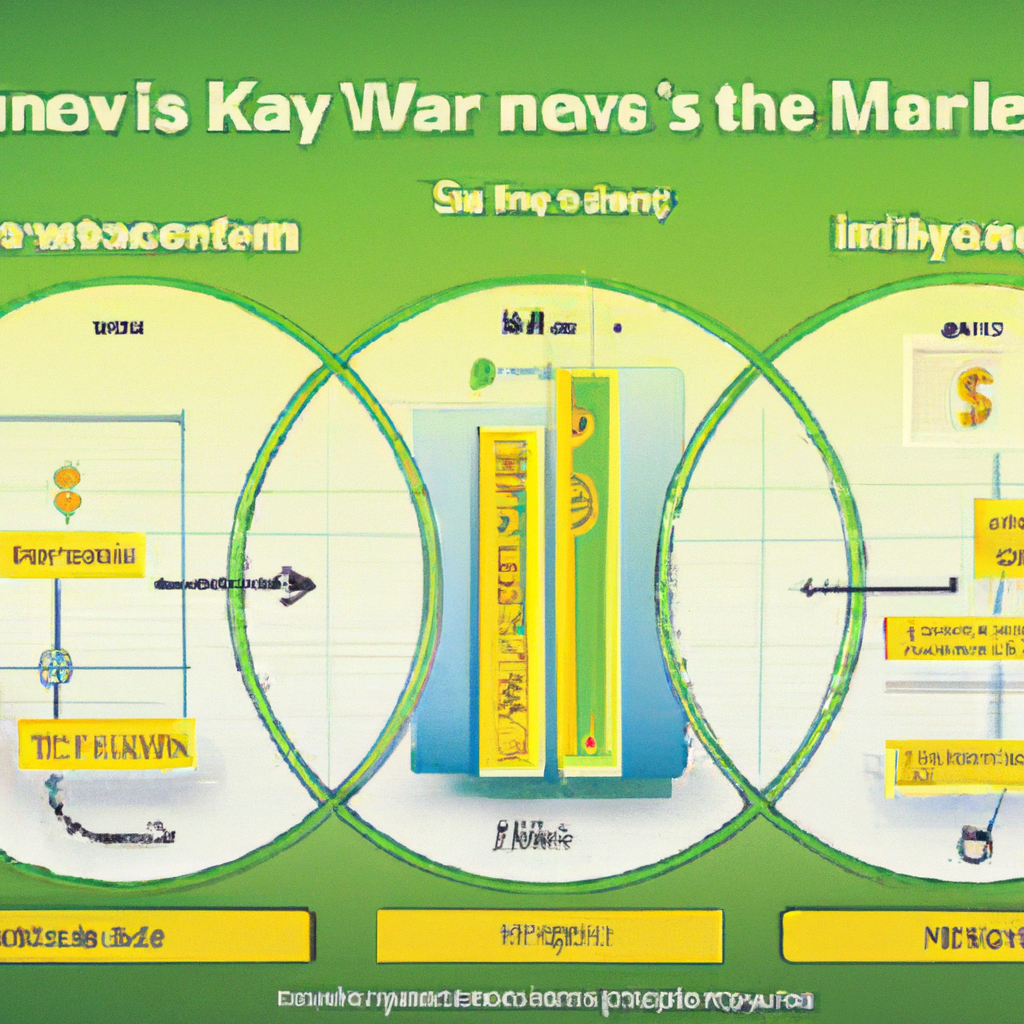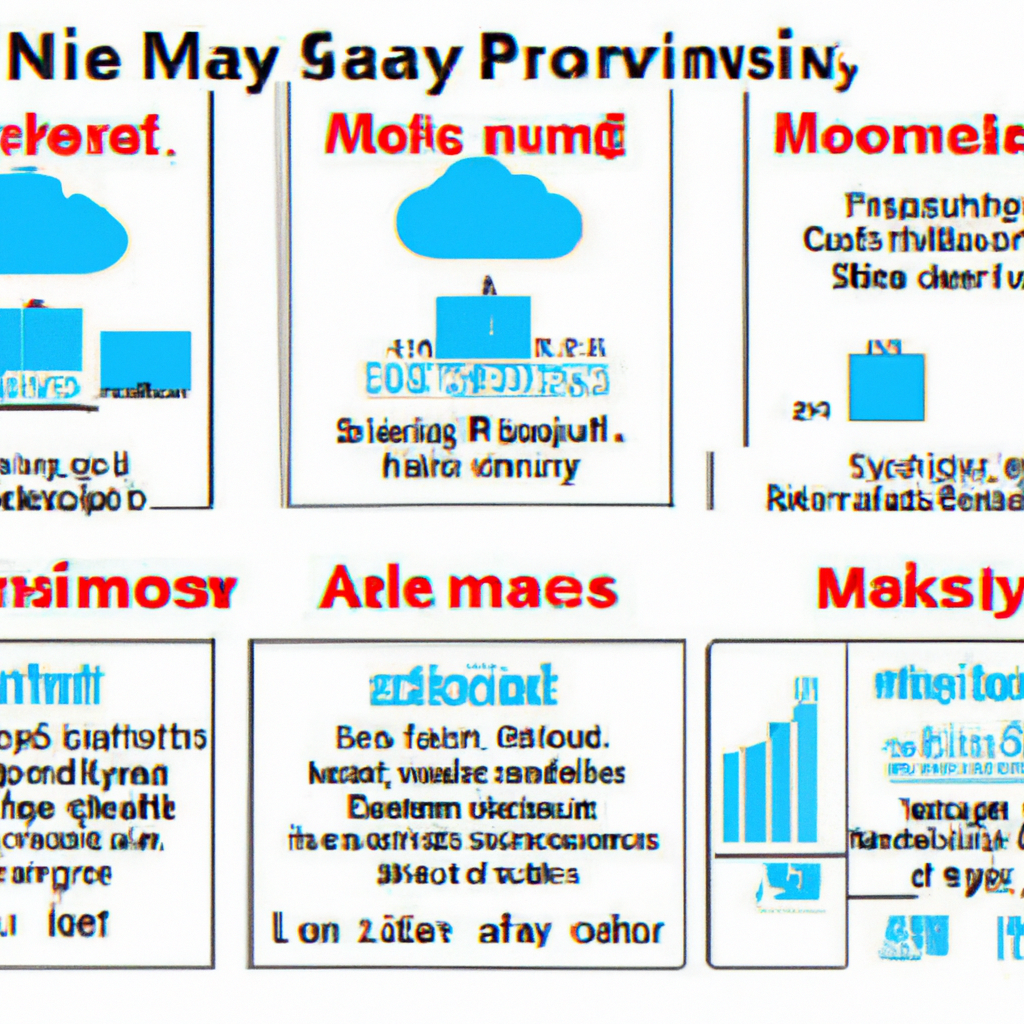So you’ve heard all about SaaS (Software as a Service) and how it’s revolutionizing the world of business solutions. But have you ever wondered how exactly SaaS companies make their money? In this article, we’ll explore the various ways that SaaS companies generate revenue and uncover the secrets behind their success. From subscription models to upselling and cross-selling strategies, we’ll give you the inside scoop on how SaaS companies turn their innovative software into a profitable business venture.

Pricing Models
When it comes to SaaS (Software as a Service) companies, pricing models play a crucial role in determining the revenue streams. There are several pricing models that SaaS companies employ to generate revenue and cater to various customer needs. Let’s take a closer look at some of the popular pricing models used in the SaaS industry.
Subscription-based Pricing Model
One of the most common and widely-used pricing models in the SaaS industry is the subscription-based pricing model. Under this model, customers pay a recurring fee, typically on a monthly or annual basis, to access the SaaS application and its features. This model provides customers with the advantage of predictable costs while providing the SaaS company with a stable and recurring revenue stream.
Per-User Pricing Model
In the per-user pricing model, the SaaS company charges customers based on the number of users who will be accessing the software. Each user is assigned a specific license, and the pricing is determined by the number of licenses required. This model suits businesses of all sizes by allowing them to pay only for the number of users they need.
Pay-as-you-go Pricing Model
Another flexible and customer-friendly pricing model is the pay-as-you-go model. With this model, customers only pay for the resources they consume or the features they use. This model is especially beneficial for customers who might have varying usage patterns or seasonal business fluctuations. It allows them to scale their usage up or down without being locked into a fixed subscription.
Tiered Pricing Model
The tiered pricing model involves offering multiple pricing tiers or plans with different features and functionalities at varying price points. SaaS companies generally structure their pricing tiers based on the complexity and value of the features provided. This pricing model allows customers to choose a plan that aligns with their specific needs and budget, while also providing the SaaS company with upselling opportunities as customers may upgrade to higher-priced plans for additional features.
Freemium Pricing Model
The freemium pricing model has gained popularity in the SaaS industry. Under this model, the SaaS company offers a basic version of their software for free, with limited features and functionalities. Customers can then upgrade to a paid version with more advanced features. This model enables the SaaS company to acquire a large user base while converting a portion of those users into paying customers.
Upselling and Cross-selling
Upselling and cross-selling are effective strategies employed by SaaS companies to increase their revenue and customer lifetime value. Let’s explore these strategies in more detail.
Upselling
Upselling involves offering customers an upgrade to a higher-priced plan or additional features that provide more value. SaaS companies identify customers who have already subscribed to a lower-priced plan and then present them with compelling reasons to upgrade. Upselling not only increases revenue but also strengthens the relationship with customers by helping them unlock additional value from the software.
Cross-selling
Cross-selling is the practice of offering complementary or related products or services to existing customers. SaaS companies leverage cross-selling to expand their product offerings and generate additional revenue streams. For example, a project management software provider can cross-sell their time-tracking feature to customers who are already using their core project management tool.
Feature Tiers
Creating feature tiers is another way SaaS companies drive customer upsells and cross-sells. By structuring their software offerings into different tiers with increasing levels of functionality, SaaS companies provide customers with options to upgrade and access additional features as their needs evolve. This tiered approach enables customers to start with a basic plan and upgrade gradually as their business requirements grow.
Renewals and Upgrades
Renewals and upgrades are crucial aspects of SaaS revenue generation and customer retention strategies. Let’s dive deeper into these topics.
Renewal of Subscriptions
Renewals refer to the process of extending the subscription period for existing customers. SaaS companies typically send out renewal notifications to customers before their subscription period ends, reminding them to renew their subscription. Offering incentives, such as discounts or additional features, can encourage customers to renew their subscriptions promptly, ensuring a consistent revenue stream.
Upgrade of Subscriptions
Subscription upgrades involve customers transitioning to a higher-priced plan or adding more users/ licenses as their needs expand. SaaS companies often offer incentives to entice customers to upgrade, such as discounted pricing for the first few months of the upgraded plan. Upgrades not only increase revenue but also allow customers to access additional features and functionalities that are essential for their growing business.

Add-on Services and Integrations
SaaS companies often provide add-on services and integrations to enhance the value and functionality of their core software offerings. Let’s delve into these offerings.
Additional Services
Many SaaS companies offer additional services such as implementation assistance, training, data migration, or dedicated customer support for an extra fee. These services cater to customers who require personalized assistance or have specific needs that go beyond the standard software offering. By providing these additional services, SaaS companies generate additional revenue and enhance customer satisfaction.
Integration Partnerships
Integrations with other software tools are essential for SaaS companies to provide a seamless experience to their customers. SaaS providers often form partnerships with other companies to offer integrations between their software and complementary tools. These integrations allow customers to connect the SaaS software with their existing systems, enabling data sharing and streamlining workflows. SaaS companies may charge additional fees for accessing these integrations, contributing to their revenue streams.
Customization and Professional Services
SaaS companies understand that businesses have unique requirements and may need customized solutions. Let’s explore how customization and professional services contribute to revenue generation.
Customization Fees
Some SaaS companies offer customization options that allow customers to tailor the software to their specific needs. These customization services may include modifying UI/UX, adding custom features, or integrating with other systems. SaaS providers charge customization fees based on the complexity and extent of modifications requested, providing an additional revenue source.
Professional Service Fees
In addition to customization, SaaS companies often provide professional services such as consulting, training, or dedicated technical support for more complex implementations. These services may be billed as one-time fees or as ongoing support packages. By offering professional services, SaaS companies generate revenue while ensuring their customers have the necessary expertise and guidance for successful software implementation.
Data and Analytics
Data and analytics have become invaluable assets for businesses. SaaS companies capitalize on this by offering data-related services and monetization opportunities.
Data Insights and Reports
SaaS companies that collect and analyze user data within their software can offer valuable insights and reports to customers. These insights help customers make data-driven decisions and optimize their business processes. Some SaaS companies charge additional fees to provide in-depth reports, advanced analytics capabilities, or customized data dashboards, contributing to their revenue streams.
Data Monetization
In some cases, SaaS companies can monetize the data generated by their software. By anonymizing and aggregating this data, SaaS companies can sell access to it to third parties, such as market research firms or advertisers. This approach allows the SaaS company to create an additional revenue stream while ensuring that customer data is handled responsibly and securely, in compliance with privacy regulations.
White-labeling and Reseller Programs
White-labeling and reseller programs enable SaaS companies to expand their customer base and generate revenue through partnerships. Let’s explore these offerings.
White-labeling Services
White-labeling allows SaaS companies to rebrand their software and offer it as a part of another company’s product or service. By white-labeling their software, SaaS companies can reach new markets and customer segments, generating additional revenue by licensing their software to other businesses. This approach is particularly beneficial when the partnering company has an established customer base and can effectively market the white-labeled software.
Reseller Programs
Reseller programs involve partnering with other businesses or individuals who sell the SaaS company’s software to end customers. Resellers earn a commission or profit margin on each sale they make, while the SaaS company benefits from increased market reach and customer acquisition. Reseller programs allow SaaS companies to leverage the sales expertise and networks of their partners, contributing to the generation of revenue.
Partnerships and Affiliates
Forming partnerships and affiliate programs is a strategy utilized by SaaS companies to acquire customers and generate revenue. Let’s explore these programs in more detail.
Referral Programs
SaaS companies often establish referral programs, encouraging existing customers to refer their colleagues, friends, or business connections to the SaaS software. In return, customers receive rewards, such as discounts on their subscription fees, additional features, or even cash incentives. Referral programs help SaaS companies acquire new customers cost-effectively, leveraging the trust and recommendations of their existing customer base.
Affiliate Programs
Affiliate programs involve partnering with individuals or businesses who promote the SaaS company’s software through various marketing channels. Affiliates earn a commission on each sale they generate through their marketing efforts. This strategy enables SaaS companies to tap into the affiliate’s audience and marketing expertise, driving customer acquisition and revenue growth.
Consulting and Training
SaaS companies offer consulting and training services to ensure customers make the most of their software. Let’s explore these offerings in more detail.
Consulting Services
SaaS companies often provide consulting services to help customers with the software implementation, optimization, or customization. Consultants work closely with customers to understand their business requirements and provide tailored recommendations and strategies for effective software usage. Consulting services are usually billed at an hourly rate or as part of a package, generating additional revenue for SaaS companies.
Training and Certification Programs
To empower customers with the knowledge and skills required to utilize the software effectively, SaaS companies offer training and certification programs. These programs may include online courses, workshops, or certification exams. By charging training fees, SaaS companies generate revenue while ensuring that customers can unlock the full potential of their software investment.
Advertising and Sponsorships
Apart from direct subscription revenues, SaaS companies can explore advertising and sponsorship opportunities to generate additional income.
In-app Advertisements
SaaS companies with a large user base can generate revenue through in-app advertisements. These advertisements can be displayed within the software interface, providing exposure to other businesses or promoting relevant products and services. By charging advertisers for ad placement, SaaS companies create a revenue stream while ensuring that the ads do not disrupt the user experience.
Sponsorship Deals
Sponsorship deals involve partnering with other businesses or organizations, where the SaaS company’s software is promoted or integrated into the partner’s offerings. This partnership can be in the form of co-branded events, webinars, or joint marketing campaigns. Sponsorship deals provide SaaS companies with additional revenue opportunities while expanding their brand exposure and market reach.
In conclusion, SaaS companies employ a variety of strategies and pricing models to generate revenue. From subscription-based pricing to add-on services and partnerships, SaaS companies continue to innovate in order to provide value to their customers while driving sustainable revenue growth.
